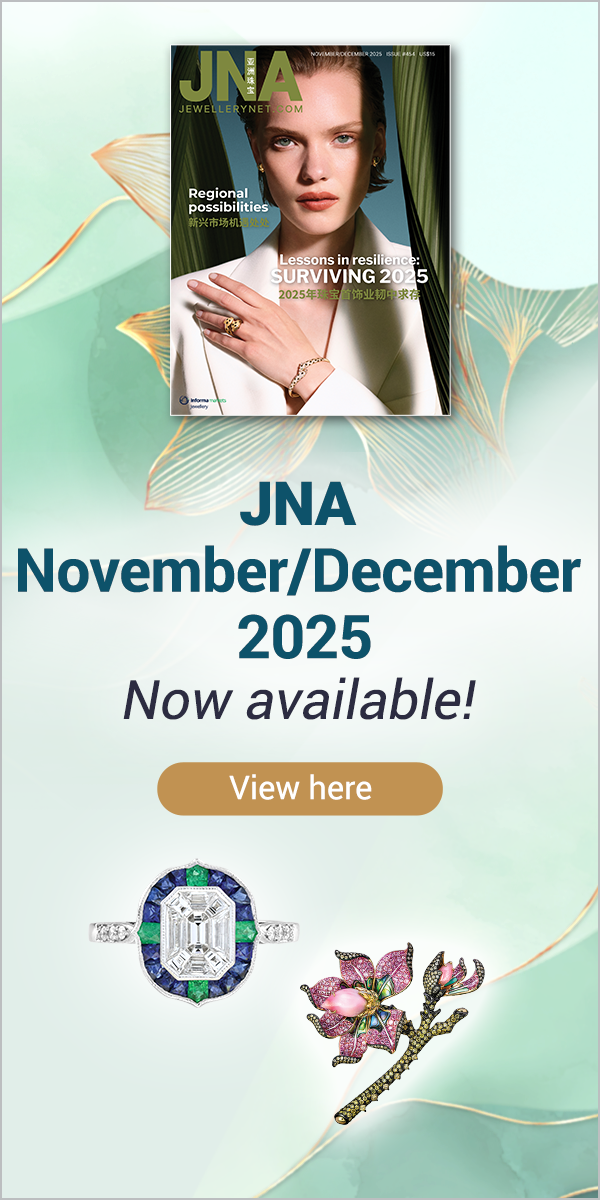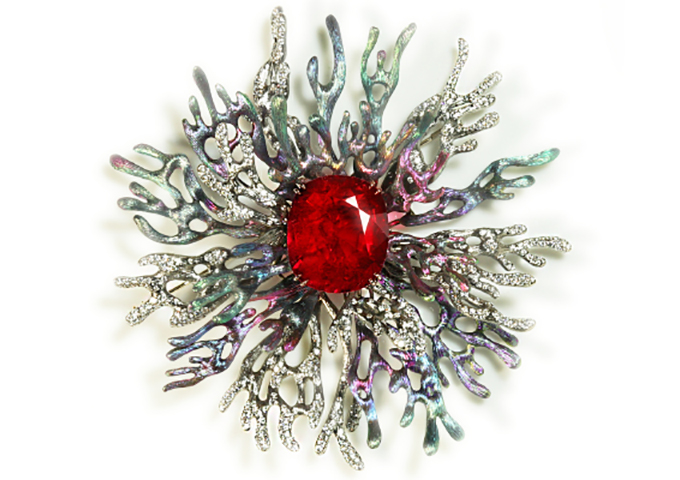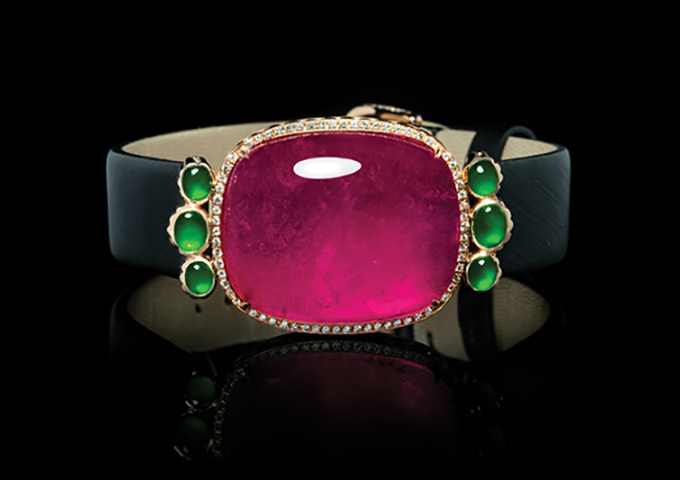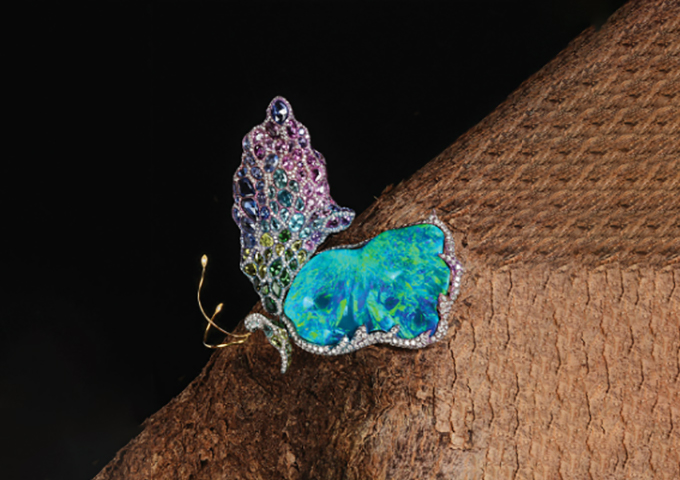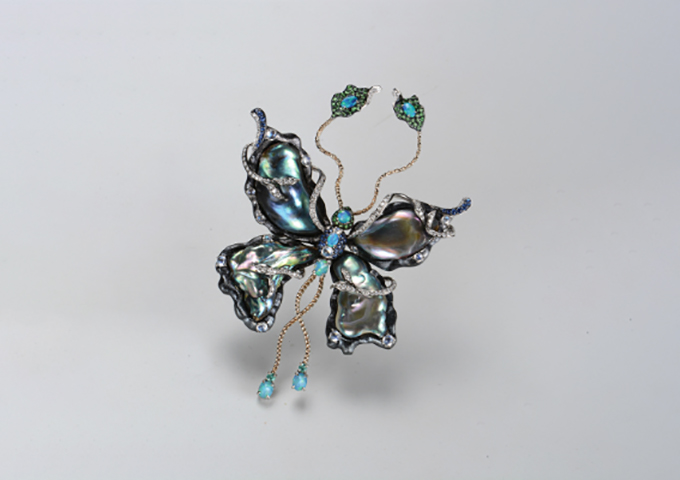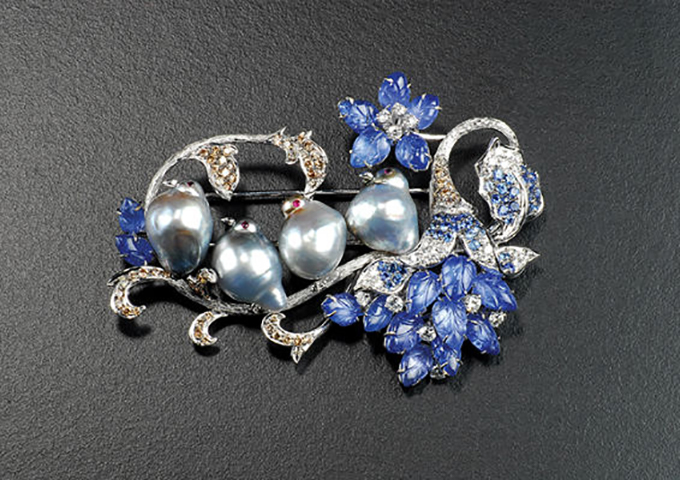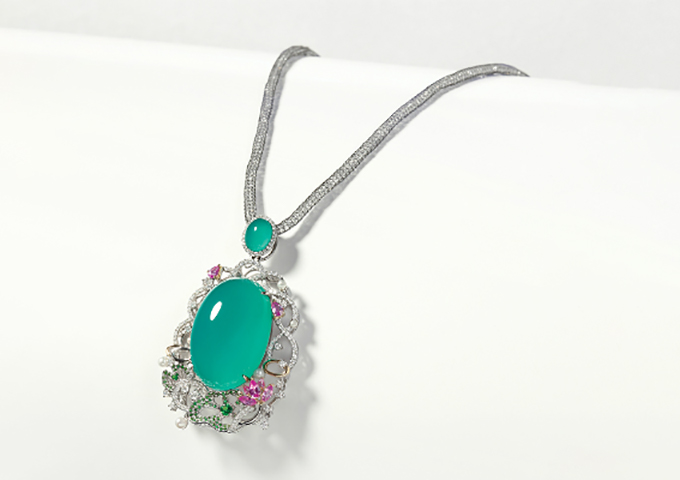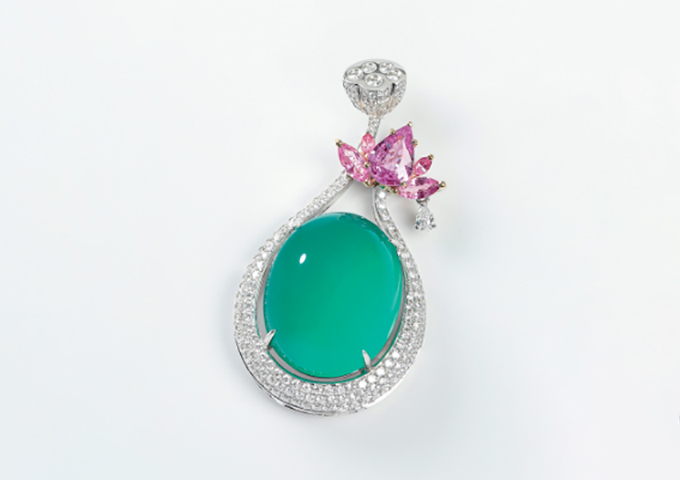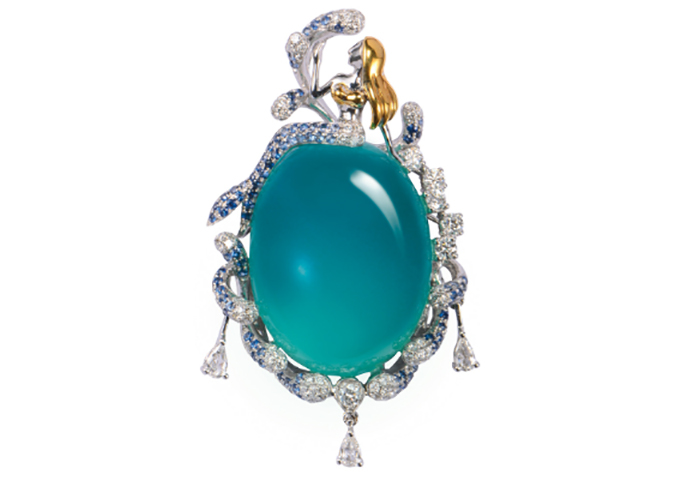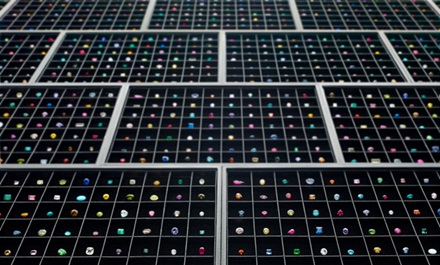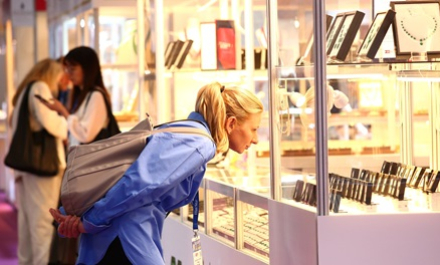Blending innovation and tradition, Taiwanese jewellery designers use a variety of coloured gemstones to express their artistry. Through their one-of-a-kind creations, Taiwan is building a dazzling reputation in the global fine jewellery scene.
Taiwanese designers take pride in handmade jewellery pieces, which adhere to a strict tradition of craftsmanship. Their designs are characterised by innovation and the inventive combination of Eastern and Western elements. Each jewellery piece also has a distinctive story to tell.
Generations of prolific designers have propelled Taiwan’s jewellery industry to new heights over the past 40 years. Today, their diverse and distinctive collections symbolise Taiwan’s boundless creativity.
Jadeite and coral jewellery are Taiwan's most popular pieces. Its main markets are mainland China, the US, Australia, New Zealand and Canada, according to Lu Chun-hsiung, president of the Jewellery Institute of Taiwan.
There are ODM and OEM opportunities for jewellery brands in Europe and the US but original Taiwanese brand designs also have a following in other international markets, added Lu. He said Taiwanese designers are proud of their handcrafted jewellery as this allows them to stand out from the competition.
“Gemstones are rare and unique but only true craftsmanship can bring out the natural beauty of each stone. Modern technology is about making things faster and in larger quantities. In jewellery manufacturing, however, quality comes before quantity,” stated Lu.
Cultural fusion
The Taiwanese jewellery industry has made significant progress in design and craftsmanship over the years, according to Ammie Kang, founder and creative director of Top Kang Lapidary & Jewellery Arts.
“From the early days of doing OEM for Japanese brands and manufacturing lightweight, fashionable jewellery to exporting to Europe and the US, Taiwan has made a name for itself in the global fine jewellery industry, thanks to its bespoke jewellery pieces,” continued Kang.
Taiwan-made jewellery marries the best of Eastern and Western culture. Taiwanese jewellers also boldly experiment with new materials, manufacturing skills and stone-setting methods.
Kang said she is progressively becoming more creative with the use of colours, precious metals and various design elements in her work. She also takes inspiration from her everyday life. “It could be a memory, an impressive scenery or advocacy,” she noted.
Backed by 30 years of experience, she said her jewellery pieces are often adorned with diamonds and coloured gemstones such as jadeites, rubies and sapphires – gems that are not only favoured for their beauty but for their investment value as well.
One of Kang’s creations, “The Code of Transmission” brooch, comes in 18-karat gold and titanium and adorned with tourmalines and diamonds. The piece displays an exotic colour gradation, which was achieved using electrolysis on titanium.
Another piece, “Serenade No. 13 in G Major,” is a ring that pays tribute to the works of legendary composer Mozart through a unique combination of jadeite and emeralds in one design.
Despite years of experience in the industry, Kang still finds excitement in designing a jewellery piece – from conceptualisation and selecting stones to colour matching, stone-setting, polishing and plating.
Her jadeite pieces are popular in Southeast Asia, Hong Kong, Taiwan and mainland China while her coloured gemstone collections are favoured by buyers from Europe, the US and Australia.
Looking ahead, Kang said Taiwan's jewellery industry must continue to innovate to differentiate itself from the competition by coming up with bespoke jewellery designs that celebrate universal values.
Authenticity and individuality
Baroque pearls constantly find their way into Lee Jewellery’s collections, shared Maggie Lee, founder and designer of the Taiwan-based company.
In a world where individuality is valued now more than ever, baroque pearls inject rarity into every jewellery piece. Such pearls will continue to attract the market’s attention since they best represent a buyer’s distinctive personality, Lee continued.
The designer is also fond of Australian black opals, which come in unique shapes and colours.
Lee said she derives inspiration mainly from the gemstones that she uses in her creations. Describing her encounter with every gem as “destiny,” she commented, “From the mines to the dealers’ hands, each stone goes through an extraordinary journey before it reaches me.”
For the past 15 years, Lee’s company has been participating in international jewellery fairs where it mainly liaises with US and European clients.
According to her, American buyers go for colourful and bold styles while Europeans prefer basic designs with a touch of modernity.
Lee said Taiwanese jewellers have a solid foothold in the fine jewellery market but they face a number of challenges, including growing international competition, and the rise of e-commerce platforms, which are affecting consumer behaviour. Taiwan’s jewellery sector should actively explore new markets to adapt to these changes, she added.
New horizons
Gem Silica, a greenish-blue variety of chalcedony, is gradually shaping up to be one of the symbolic gems of Taiwan, together with coral and Taiwanese jade, said Annie Chen, design director of Chinese Jade Rock Association.
Also known as Taiwan sapphires, Gem Silica has a mesmerising greenish-blue colour that comes from the presence of copper. The stone has risen in popularity in recent years, especially in mainland China, Hong Kong and Taiwan. It also has a following in Europe and the US.
According to Chen, mainland Chinese connoisseurs prefer bold designs with a large centre stone while local clients opt for designs that can be worn every day. Asian buyers meanwhile favour dark green stones that resemble jadeite while Europeans and Americans like Tiffany blue.
“The electrifying blue to green tones of Taiwan sapphires complement the skin colour. It is also pleasing to the eyes as if they have relaxing and healing powers. Like jadeite, high-quality Gem Silica becomes more translucent with time,” she noted. Top-quality Gem Silica can fetch up to NT$30,000 (around US$1,020) per carat at wholesale while stones of over 30 carats are rarely seen today, added Chen.
Committed to promoting Gem Silica, the Chinese Jade Rock Association established strict screening procedures and grading standards for the stone as well as assembled a group of budding designers to create Gem Silica jewellery pieces.
Jewellery pieces adorned with Gem Silica are often inspired by the sky and the sea as well as flora and fauna, owing to the stone’s enchanting blues and greens. Chen said her creations also have a common theme: Lotus flowers that highlight the stone’s tranquil and ethereal allure.
For instance, her “Lotus in the Moonlight” pendant adorned with a 50-carat Gem Silica centre stone and pink sapphires reimagined as lotus flowers mimics a serene lake while another Gem Silica piece, the “With You” pendant, also casts the spotlight on the lotus flower as an interpretation of happiness.
According to Chen, Taiwanese jewellery designers often create collections that celebrate their Eastern culture and symbolisms with a contemporary touch.
Taiwan is a fertile land blessed with abundant natural resources, which is why Taiwan’s jewellery designs often allude to Mother Nature and display a sense of belonging and openness. “Exceptional designs are more valued in the market nowadays and those with authentic artistic talent who place value on craftsmanship are likely to succeed,” noted Chen.



